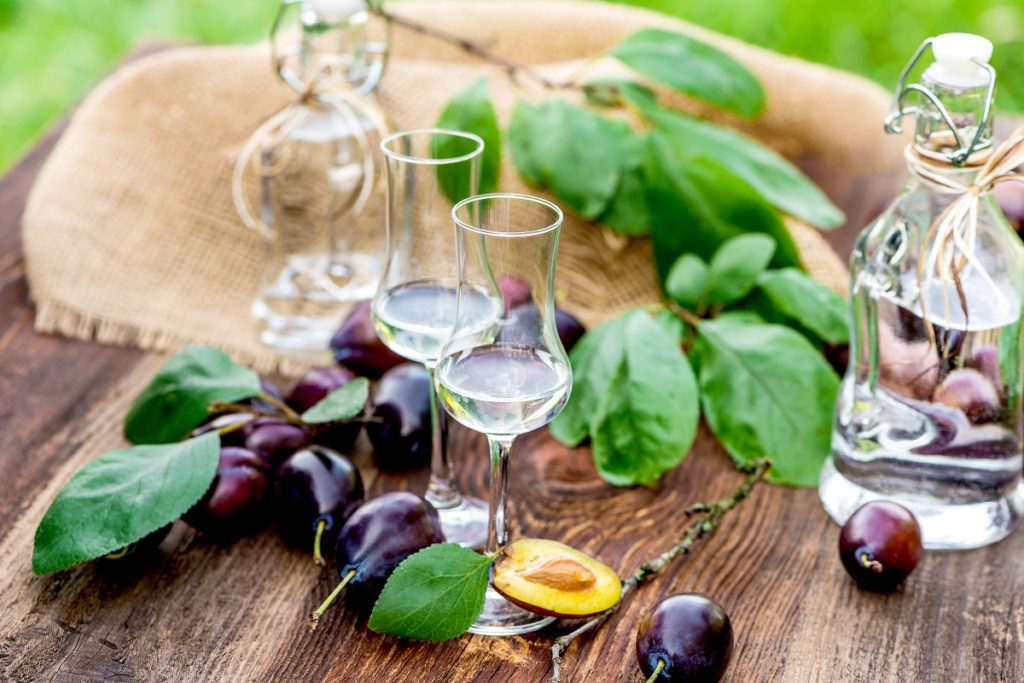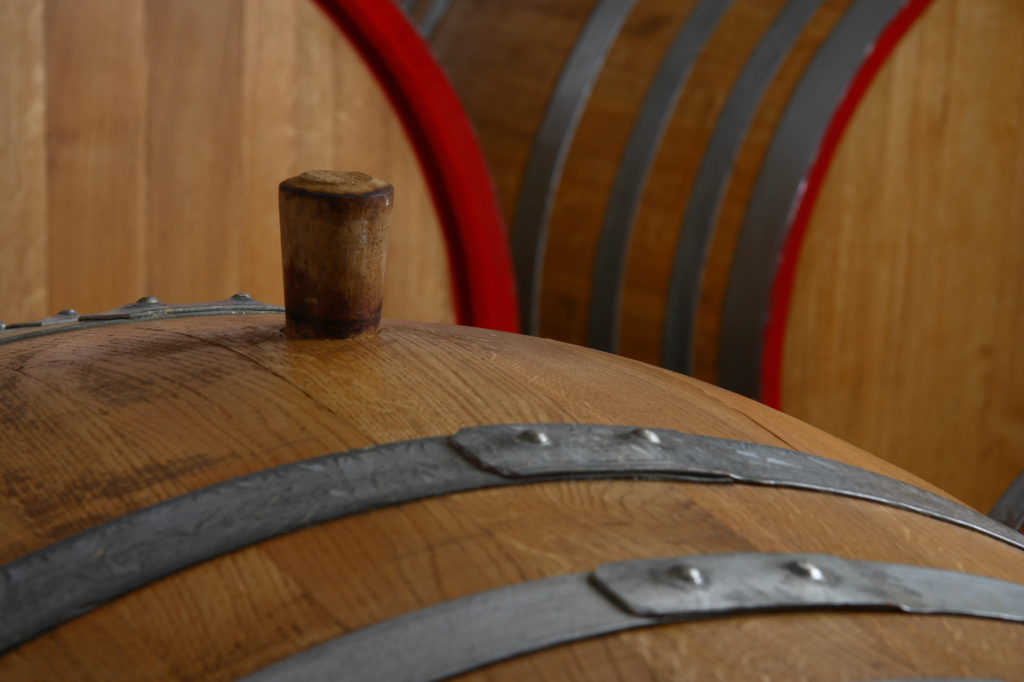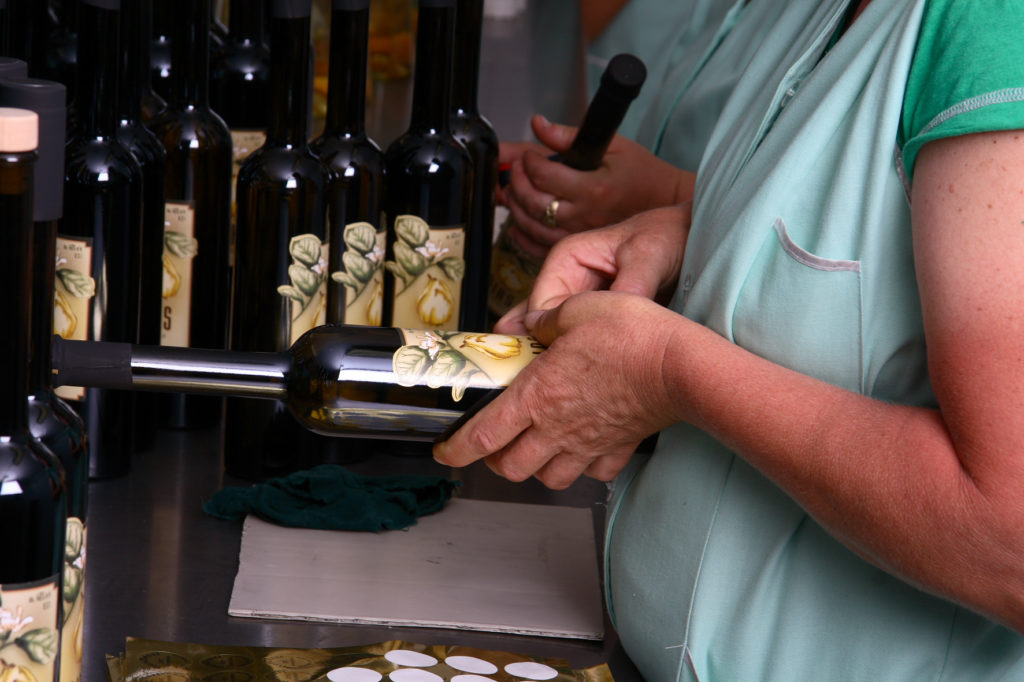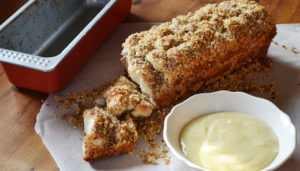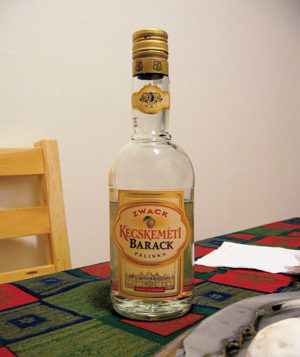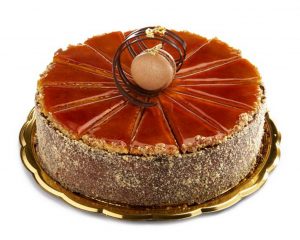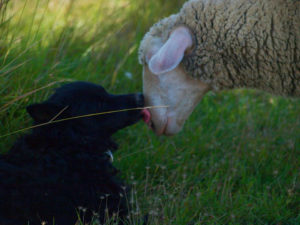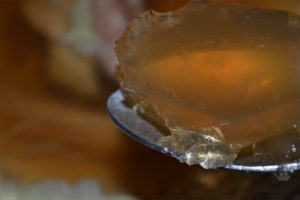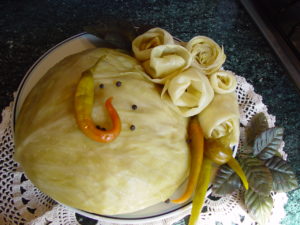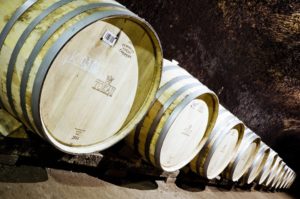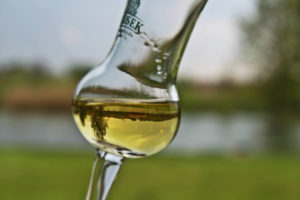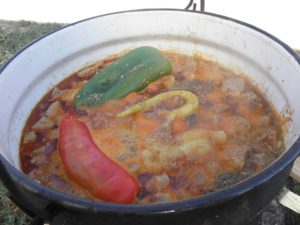Have you heard about pálinka, this unique and exclusive drink?
A fruity taste that warms up our body; this Hungarikum is dear to all the Hungarian hearts, and popular among tourists too. It is an important part of pig slaughters, family gatherings, celebrations, farewell-parties. Where does it come from, and how many different types can we try?
Although the word “pálinka” already appeared in the 17th century, this unique drink had to wait until 2013 to become a real, origin-protected Hungarikum. According to the collection of Hungarikums, a drink can be called pálinka only if it meets the following criteria: ‘must be fermented from fleshy pitted fruits, fruits without pits or from berries (and from the pulp of these), distilled and bottled in Hungary. Products using concentrates, semi-dried or dried fruits cannot legally be called pálinka. Mashing, fermenting, distillation, ageing and bottling must all take place in Hungary.’
But let’s look at the origins and the tasty variations of the favorite drink of Hungarians!
From burning water to sophisticated shades
Distillery is not a Hungarian peculiarity, the process itself first appeared in 12th-century Italy (or at least this is the first time it was mentioned in a written document.) By distilling the wine, a so-called aqua adens (burning water) was made, which was consumed on its own or together with herbs as a medicine.
By the 15th century spirits were seen more as a pleasure in Hungary than a medicine, but it did not spread widely in the country until the 16th century. The drink, referred to as burnt wine, was mostly made from wine lees, weak wine, grain, later from fruits. Plum pálinka and grape marc pálinka were first mentioned in the 17th century, but for a long time the distillers were not developed enough to produce quality drinks. By the first half of the 20th century, the pálinka was getting better, and it was produced in large quantities in agricultural distilleries.
In the socialist era after World War II, the usage of high-quality fruit for pálinka was considered a waste, so the shoddy pieces were added to the drink, which produced poor quality booze. Fortunately, by the second half of the 20th century, excellence was emphasizedagain, and by the 21st centurythe mouth-watering drinks came back to the households. Since 2013 Hungarian pálinka is an origin-protected specialty.
As the saying goes: “Every fruit that is good for jam, is good for pálinka too”, so there are many different variations. The palette is even wider, in addition to traditional, plum, peach, strawberry, pear, apple, cherry and mixed fruit pálinka, it can be made from wild fruits too, such as wild apples, wild pears or rosehip.
Ordinary or curiosity, palinka Is worth to be tried!
Cheers!



